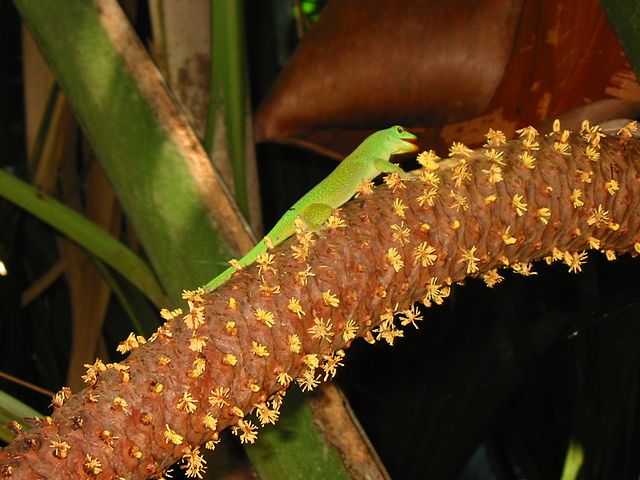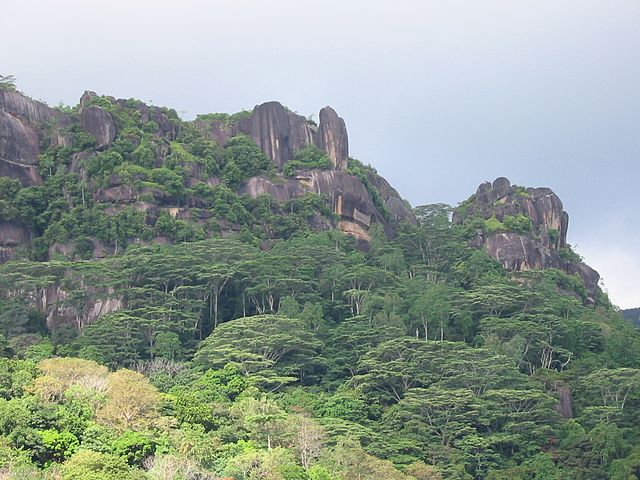UNESCO sites – SEYCHELLES – Vallee de Mai Nature Reserve
UNESCO World Heritage Sites of the World
Vallee de Mai Nature Reserve, Praslin Island, Seychelles
In this series, we explore the UNESCO World Heritage Sites of the world. A site is deemed to be a World Heritage Site by UNESCO if it is of outstanding universal value and meets at least one out of ten selection criteria.
CATEGORY: Landscape, History, Natural Beauty – Outstanding Universal Value
In the heart of the small island of Praslin lies the Vallee de Mai Nature Reserve. The reserve has the vestiges of a natural palm forest preserved in almost its original state. It is home to the famous coco de mer, from a palm-tree once believed to grow in the depths of the sea, is the largest seed in the plant kingdom. (2)

Interesting bits about Coco de Mer Palms
When a coco de mer fruit falls into the sea, it cannot float because of its great weight and density; instead it sinks to the bottom. However, after the fruit has been on the sea bed for a considerable period of time, the husk drops off, the internal parts of the nut decay, and the gases that form inside the nut cause the bare nut to rise up to the surface. At that time the nut can float, but is no longer fertile, thus when the ocean currents cause the nut to wash up on a distant beach, for example in the Maldives, a tree cannot, and does not, grow from the nut.
In the Maldives, any coco de mer nuts that were found in the ocean or on the beaches were supposed to be given to the king, and keeping a nut for yourself or selling it could have resulted in the death penalty

Malaysian seamen had seen coco de mer nuts “falling upwards” from the sea bed, and so they had reasoned that these nuts must grow on underwater trees, in a forest at the bottom of the Indian Ocean. (1)
New legends about the coco de mer came into existence after 1743, when the real coco de mer trees were discovered. Fruits of coco de mer are developed only on female trees. Male trees have long phallic-looking catkins. Because of these unusual, erotic shapes, some people believed that the trees made passionate love on stormy nights. According to the legend, male trees uproot themselves, and approach female trees. Apparently the love-making trees are rather shy, and the legend has it that whoever sees the trees mating will die or go blind. The fact that even now the pollination of the coco de mer is not fully understood, is one of the factors behind the legend (1)

These nuts were considered extremely valuable and, Rudolf II, the Holy Roman Emperor was able to purchase one of these nuts for 4,000 gold florins. The Dutch Admiral Wolfert Hermanssen also received a nut as a gift for his services, from the Sultan of Bantam in 1602, for fighting the Portuguese and protecting the capital of Bantam. (1)
Some even believed that the nuts possessed healing powers and were considered an antidote to all poisons.
Cruises featuring Praslin Island and the Vallee de Mai Nature Reserve: CLICK HERE
(1) https://en.wikipedia.org/wiki/Legends_of_the_coco_de_mer

